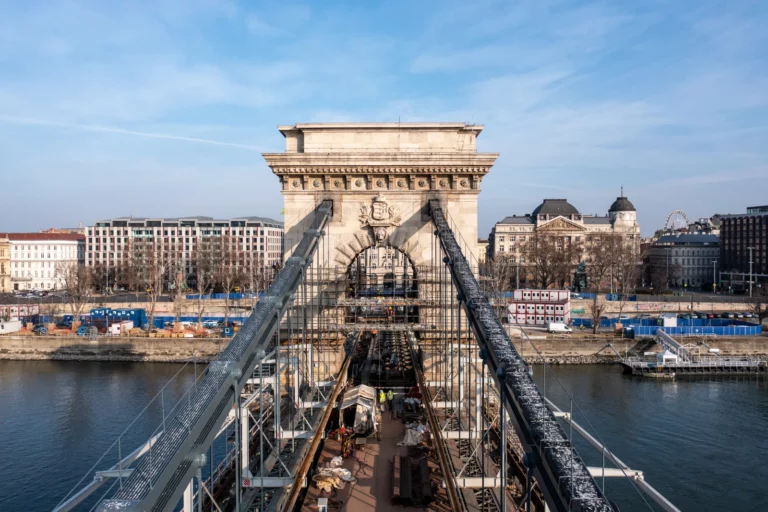construction
House of Hungarian Music won Oscars of the property market profession in France – PHOTOS

Significant uncertainties cause serious problems in the Hungarian construction sector

Hungary, Slovakia to build new bridge

New bridge to be built in Budapest – CONCEPT IMAGES, VIDEOS

Hungary to spend €368 million on road construction
Budapest’s Széchenyi Square soon to be renovated! – PHOTOS

Unique floating village built at Lake Tisza – PHOTOS

Plans ready to build a new terminal at Budapest Airport!

Unique cabin lift and renewed lookout point in the Tokaj wine region – PHOTOS

Debrecen to have one of the most modern theathers in Central Europe! – PHOTOS

Budapest’s iconic square beautifully renewed – PHOTOS

This is how the renovation of the iconic Chain Bridge continues – PHOTO GALLERY

This is how Budapest’s City Park to become car-free

World’s longest suspension bridge construction started in Hungary! – PHOTOS

Budapest to become the capital of modern city centers! – PHOTOS

How does a 1-km-long motorway section cost EUR 112 million in Hungary!?

Central Europe’s largest bus factory opens in Hungary!

Largest university sports terrace in Europe to be built in Hungary






